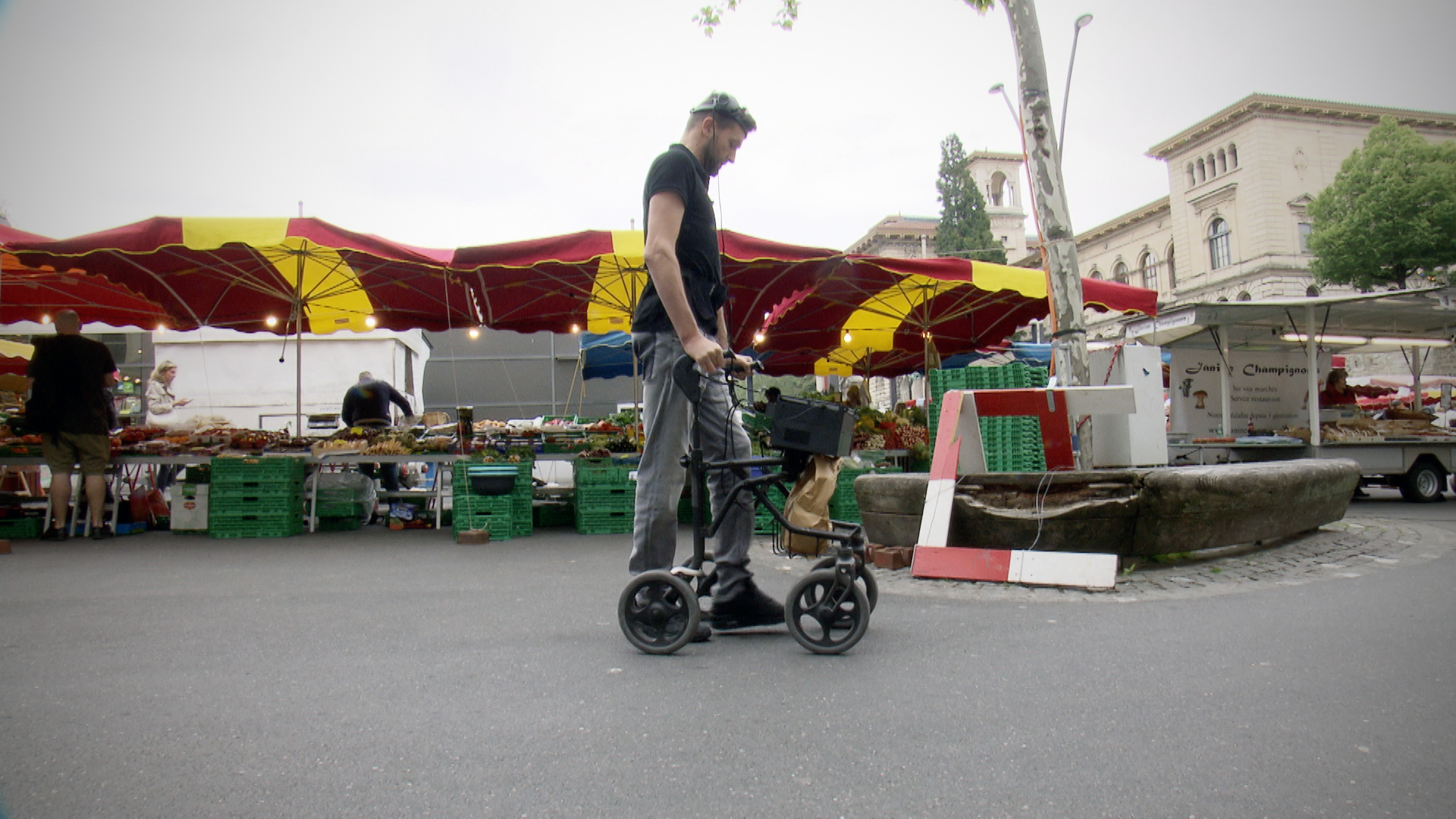
Spinal implant helps man with Parkinson’s to walk without falling (video)
A long-term Parkinson’s patient who had severe mobility problems can now walk fluidly without falling thanks to a new experimental spinal implant that stimulates his leg muscles.
Marc, 63, has been living with advanced Parkinson’s disease since 1996. Dopamine and then deep brain stimulation, which he underwent in 2004, helped treat his tremors and stiffness. But he also developed severe walking difficulties, including balance impairments and freezing of gait.
After receiving the implant, which aims to restore normal signalling to the leg muscles from the spine, the Frenchman from Bordeaux has experienced a “rebirth” and a regaining of independence, in that he can again walk more normally without falling over.
“I practically could not walk any more without falling frequently, several times a day. In some situations, such as entering a lift, I’d trample on the spot, as though I was frozen there, you might say,” he said. “Right now, I’m not even afraid of the stairs anymore. Every Sunday I go to the lake, and I walk around six kilometres [3.7 miles]. It’s incredible.”
He received a neuroprosthetic at Lausanne University Hospital (CHUV), comprising an electrode field placed against his spinal cord. Combined with an electrical impulse generator under the skin of his abdomen, the device delivers electric pulses to his spinal cord to activate his leg muscles.
The patient wears a movement sensor on each leg and when walking is initiated the implant automatically switches on and begins delivering pulses of stimulation to the spinal neurons. The aim is to correct abnormal signals that are sent from the brain, down the spine, to the legs to restore normal movement.
Parkinson’s is a degenerative neurological disease characterised by symptoms such as tremors, stiffness, and difficulty with balance and coordination. The incidence of the disease has doubled over the past 25 years, according to the World Health Organization (WHO). Global estimates showed that more than 8.5 million people suffered from it in 2019.
Published in the Nature Medicine journalExternal link, the implant is yet to be tested in a full clinical trial. But the Franco-Swiss team, who have a longstanding programme to develop brain-machine interfaces to overcome paralysisExternal link, hope that their technology could offer an entirely new approach to treating movement deficits in those with Parkinson’s disease.
“It is impressive to see how by electrically stimulating the spinal cord in a targeted manner, in the same way as we have done with paraplegic patients, we can correct walking disorders caused by Parkinson’s disease,” said Jocelyne Bloch, a neurosurgeon and professor at the CHUV Lausanne University hospital, who co-led the work.
Grégoire Courtine, a professor of neuroscience at the Swiss Federal Institute of Technology Lausanne (EPFL), the University of Lausanne and CHUV, said the team plans to carry out clinical tests on six new patients next year. Courtine said the “proof of concept” would require at least five years of development and testing to perfect the technology.































You can find an overview of ongoing debates with our journalists here . Please join us!
If you want to start a conversation about a topic raised in this article or want to report factual errors, email us at english@swissinfo.ch.